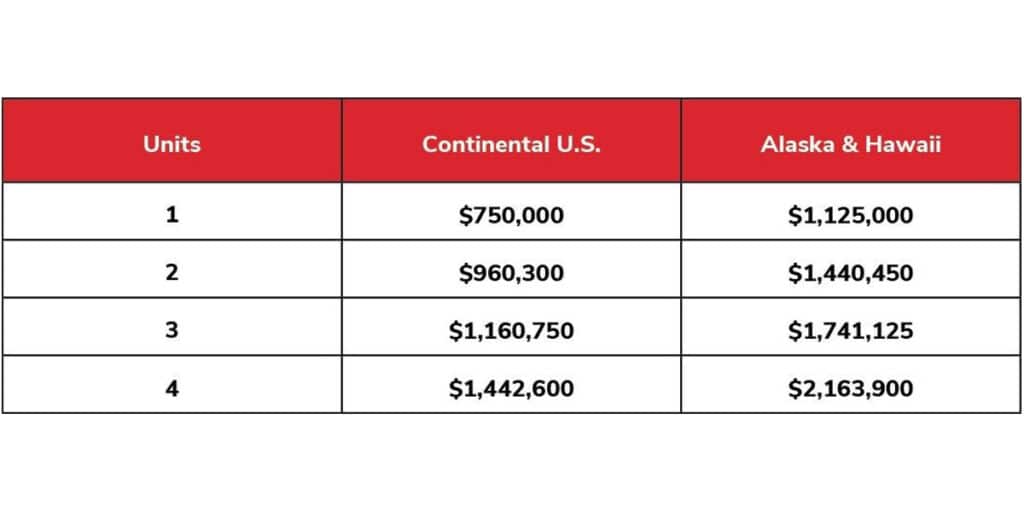
Amid the complexities of divorce, questions often arise, particularly concerning your home and its associated mortgage. Let’s explore essential considerations and help you navigate the mortgage challenges of divorce.
“I want to stay in my home… what should I consider?”
When considering the future of your home, think about its size, utility costs, mortgage payments, and your family’s needs. It’s essential to make a financially informed decision, considering potential changes in income and expenses. Sentiment is important, but it should not override practical considerations.
“My spouse is entitled to a share of our home’s equity… what are my options?”
To determine the equity, consult an appraiser (we can recommend one if needed). Subtract the selling costs from the appraised value to find the equity to be divided. Discuss other factors with your attorney. Once the equity is established, explore various distribution options – selling the home, refinancing with a cash-out option, or buying out your spouse. Seek advice from a tax advisor to determine the best choice.
“What if I’m leaving the home?”
Even if your spouse is awarded the home in the divorce decree, remember that if you’re on the mortgage, you’re still liable for the debt. Quit Claim Deeds only remove your name from the property title, not the mortgage. Be cautious to avoid financial obligations for property you no longer own.
“How will this impact my credit, and what can I do?”
If both names are on the mortgage, it’s crucial that the responsible party keeps payments current. Late payments affect both credit scores. To remove a non-occupying spouse from the mortgage obligation, consider a “Qualifying Name Delete Assumption.” However, this involves a fee, and the occupying spouse must qualify for payments alone. It might be wise for your spouse to refinance. Consult with us to explore this process.
“After my divorce, can I secure a new mortgage while still on the old one?”
If your divorce decree states you’re not obligated for the mortgage, some mortgage programs might allow you to qualify independently. If not, you’ll need to qualify for both mortgages. Late payments on your ex-spouse’s mortgage can impact your credit. Income from child support and alimony may be considered as qualifying income if received consistently for at least three months and expected for three years.
“What if I want to purchase another home before the divorce is final?”
While it’s typically advised to wait until the divorce is finalized, we can review your financial situation and provide a pre-qualification. Remember, your ex-spouse may have a claim to your new property. Consult your attorney. After the divorce is final, work on transferring property ownership.
Mortgage Solutions for Divorcing Couples
Divorce proceedings can be complex, especially when a joint mortgage is involved. However, there are well-established mortgage options that can provide a lifeline for both parties. The suitability of these options depends on factors such as home equity, ownership structure, and the desire to retain the home. Regardless of the intricacies, one of the following strategies can often offer a resolution:
1.Refinance the Current Mortgage
The most straightforward solution is to refinance the existing mortgage, leaving only one spouse’s name on the loan. Following the refinance, the person named on the mortgage assumes responsibility for the monthly payments, and the other spouse can be removed from the home’s title.
Refinancing is a viable choice if the borrowing spouse can meet certain criteria:
- Income: A single borrower might face greater challenges in qualifying for a mortgage due to lower income. During underwriting, the lender will assess the borrower’s income against monthly debts.
- Credit Score: The person refinancing the mortgage must have an adequate credit score to be eligible.
- Home Equity: Lenders generally require a minimum of 3% equity before approving a refinance. If equity is an issue, alternative loan options may be considered.
2. Refinancing with Low Home Equity
Some refinance types allow you to remove a spouse from the original mortgage, even if the home has limited equity. These options include:
- FHA Streamline Refinance: If you have an existing FHA loan on the home, this option allows you to remove a borrower without checking home equity. However, the remaining spouse must prove they’ve been making the full mortgage payment for the past six months.
- VA Streamline Refinance: VA loan holders can use this option to remove a spouse from a VA mortgage after divorce, provided the spouse who is a veteran remains on the home loan.
- USDA Streamline Refinance: USDA loans can also qualify for Streamline Refinancing, but only if you already have a USDA loan.
3. Conventional Refinance
Conventional loans do not offer a Streamline Refinance, but it’s still possible to refinance with low home equity. Fannie Mae and Freddie Mac, the agencies that regulate most conventional loans, require just 3% equity to refinance, with an LTV (Loan-to-Value) of 97% or lower. Keep in mind that specific lender requirements may differ, so shopping around is advisable if equity is a concern.
In closing, MortgageDepot is here to assist you in managing your mortgage challenges during this complex time. For personalized guidance and expert advice, contact MortgageDepot and speak with one of our Loan Consultants today to secure your financial future.
Disclaimer: The information presented in this document is intended for informational purposes only and should not be considered a replacement for individualized legal counsel. We highly recommend seeking the guidance of a qualified legal professional to address your unique legal requirements.
Have questions or need help?
Call us now at 800-220-LOAN
Request a call back or email us your questions!







